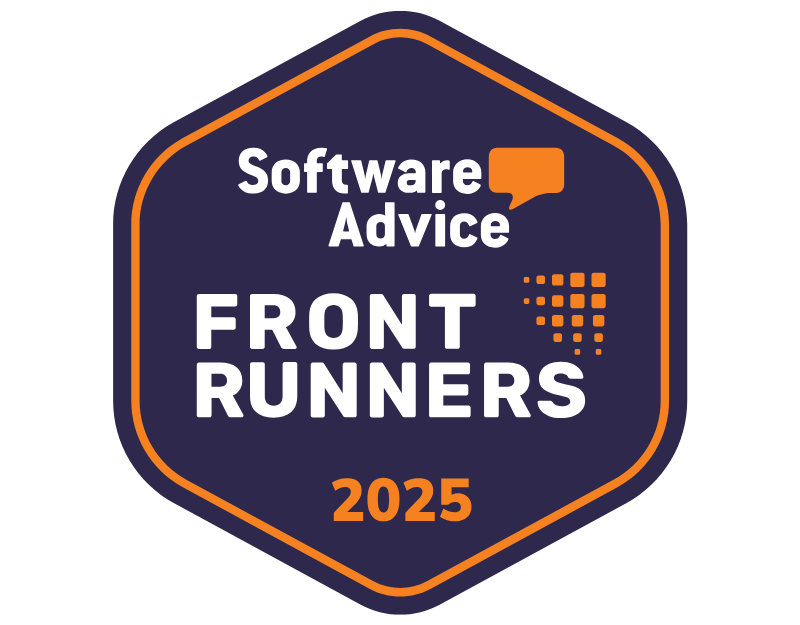In today’s digital-first B2B environment, businesses seek faster, safer, and more cost-effective ways to move money, more specifically, accept payments. Automated Clearing House (ACH) payments have emerged as a leading choice for companies aiming to streamline accounts receivable operations and eliminate inefficiencies in manual processing. But, it is important to be aware that the reliability of these transactions hinges on a deep understanding of ACH rules and regulations and the implementation of ACH best practices.
This article explores how businesses can maximize the benefits of ACH transactions while minimizing risk. From compliance to security, we’ll break down the essential strategies for reliable payment processing using the ACH network.
Importance of Reliable ACH Payment Processing
ACH payment processing is integral to managing recurring transactions, payroll, vendor payments, and customer billing cycles. Unreliable ACH processing can result in failed transfers, compliance issues, and cash flow disruptions.
Here’s why reliability matters:
- Reduces payment errors: Failed transactions can lead to disputes, customer dissatisfaction, and reconciliation headaches.
- Ensures cash flow stability: Predictable cash inflow from ACH payments is vital for businesses looking to maintain healthy working capital, especially if this is the payment method of choice for a significant number of clients or for larger clients.
- Minimizes fraud risk: Following secure processes can help protect against fraudulent ACH activity.
A dependable ACH setup, when paired with a robust Cash Application Software and payment policy, plays a critical role in improving financial accuracy and operational efficiency.
Why ACH is One of the More Desirable Payment Methods
ACH payments are a preferred B2B payment method because they offer:
- Lower transaction fees compared to credit cards or wire transfers.
- Faster settlement times, especially with the increasing adoption of same-day ACH.
- Automated processing, allowing recurring and batch payments with minimal manual intervention.
- High security, given their compliance with strict NACHA operating rules.
- Fewer errors than other more manual payment methods, like checks.
- Greater Scalability for High-Volume Transactions: ACH is well-suited for businesses processing large volumes of payments, such as payroll or recurring customer billing. Its batch processing capability allows companies to efficiently handle hundreds or thousands of transactions simultaneously.
- Improved Cash Flow Forecasting: The predictability of ACH settlement times, typically within one to three business days, enables finance teams to project inflows and outflows with greater accuracy, supporting more reliable cash flow management.
- Support for Both Push and Pull Payments: ACH supports flexible payment structures, including push pull payments, allowing businesses to either send or request funds based on what best suits their billing model and customer preferences.
Compared to checks, ACH eliminates postage and processing delays. And unlike cards, ACH isn’t bound by interchange fees. Businesses leveraging B2B Payment Automation are especially inclined to integrate ACH as a core method due to these cost and efficiency benefits.
 No Fees, Just Payments: New at Gaviti
No Fees, Just Payments: New at Gaviti
ACH processing is now available for free in the Gaviti Self-Service Portal! Your customers pay you electronically, the money goes directly to your back account, and you get to keep 100% of your revenue. 💳 Click. Pay. Done.
Learn More About No-Fee ACHACH Rules and Regulations: What Businesses Must Know
ACH payments are governed by the National Automated Clearing House Association (NACHA), which enforces operating rules to ensure the safety, standardization, and efficiency of ACH transactions.
Key rules businesses should understand include:
- Authorization Requirements: Every ACH debit requires clear, documented authorization from the payer (written, oral, or electronic).
- Reversals and Returns: Returns must be processed within a certain time frame, and reversals are only allowed in limited scenarios (e.g., duplicate payments or incorrect dollar amounts).
- Same-Day ACH Cutoff Times: Same-day ACH transactions must meet submission cutoffs, or they default to next-day processing.
- Data Security Standards: NACHA mandates data encryption, access control, and secure storage of payment data.
Noncompliance with ACH rules and regulations can result in fines and increased scrutiny. That’s why partnering with an experienced Accounts Receivable Software Provider with a Payment Portal is critical to navigating the complexities.
ACH Best Practices for Ensuring Payment Security
ACH transactions are secure by design, but cyber threats and fraud attempts remain a concern, especially in large-scale B2B operations. The following ACH best practices help ensure payment security:
1. Implement Dual Authorization
Use multi-level approval workflows for initiating or approving ACH debits and credits. This deters unauthorized transfers and strengthens oversight.
2. Encrypt Payment Data
Ensure all ACH files and sensitive customer data are encrypted both in transit and at rest to comply with NACHA guidelines and internal IT policies.
3. Monitor Return Codes
Track and analyze ACH return codes to identify common failure points, like closed accounts or invalid credentials. This helps refine payment processes.
4. Use a Multi-Payment Gateway
Using a Multi-Payment Gateway allows for failover, redundancy, and access to multiple financial networks. It reduces the risk of transaction downtime due to provider-specific issues.
5. Conduct Regular Audits
Perform quarterly or semi-annual audits of your ACH practices, looking for anomalies, stale authorization forms, and outdated routing numbers.
ACH Best Practices Checklist
Here’s a practical checklist your finance and accounts receivable teams can use to implement effective ACH practices:
- Secure written or electronic authorizations for all ACH debits
- Use account validation services before initiating transfers
- Stay updated with the latest NACHA rule changes
- Encrypt and securely store sensitive financial data
- Train staff on push vs. pull payments and ACH compliance
- Set clear ACH return management protocols
- Implement same-day ACH where appropriate
- Enable customer self-service via payment portals
- Integrate ACH with your ERP or Cash Application Software
- Choose a reliable Payment Facilitator or Payment Processor for streamlined settlements
Tips to Efficiently Process ACH Payments Online
Businesses increasingly turn to online platforms and portals to process ACH payments quickly and at scale. Here’s how to enhance your digital ACH processing:
1. Use Automation Tools
Automate recurring billing, invoice matching, and fund transfers. When you process ACH payments online through integrated systems, you reduce human error and save time.
2. Offer Customer Self-Service Payment Channels
Customers should have access to secure portals to enter or update their ACH information. This enhances user experience and supports faster reconciliation.
3. Configure Real-Time Notifications
Trigger real-time email or SMS alerts for failed payments, successful settlements, and return notices. This ensures immediate corrective action and better transparency.
4. Enable Pull and Push Payment Options
Understand the difference in pull vs push payments. In ACH terms:
- Push payments are initiated by the payer (e.g., vendor pays invoice).
- Pull payments are initiated by the payee (e.g., business pulls funds based on prior authorization).
Providing flexible options helps accommodate diverse customer preferences and ensures timely settlement.
5. Integrate with A/R Tools
Processing ACH payments online becomes more efficient when tied into your A/R tech stack, like a B2B Payment Automation platform. Integration supports end-to-end visibility and accurate reporting.
Why Gaviti is the Right Choice for Companies that Want ACH Payment Processing
ACH payment processing is no longer a luxury, it’s a necessity for businesses aiming to streamline receivables, reduce transaction costs, and enhance customer experience. But to truly unlock the value of ACH, you need a platform that doesn’t just process payments, but elevates the entire payment experience, for both your AR team and your customers.
Gaviti is purpose-built to help B2B companies optimize ACH payment workflows from start to finish. With a focus on automation, flexibility, and security, Gaviti ensures your ACH processes are compliant, efficient, and scalable. Here’s how:
Key Reasons to Choose Gaviti for ACH Payment Processing:
- Customer-facing payer portal with competitive ACH fees: Gaviti offers a self-service payment experience that empowers your customers to submit ACH payments effortlessly, on their own time, through a secure, intuitive portal, while keeping transaction costs low.
- Support for both push and pull ACH payment models: Whether you want to initiate debits or allow your customers to initiate payments, Gaviti accommodates push vs pull payments to match your preferred billing strategy.
- Integrated with leading Cash Application Software: Streamline reconciliation by matching ACH payments to open invoices automatically, improving cash application accuracy and reducing DSO.
- Built-in compliance with ACH rules and regulations: Gaviti stays up to date with NACHA operating standards, helping your team avoid risk and stay audit-ready with secure data handling and authorization workflows.
- Automated reminders and batch processing: Keep payments flowing on time with intelligent reminders, batch ACH initiation, and same-day ACH support where applicable.
- Part of a complete B2B Payment Automation ecosystem: From invoicing to collections to payments, Gaviti unifies your AR operations, eliminating manual processes and giving you visibility across the entire receivables lifecycle.
If your business is ready to enhance cash flow, reduce payment friction, and modernize A/R with ACH, Gaviti is your strategic partner, not just a payment processor, but a complete solution for automated, customer-friendly, and reliable B2B payments. Schedule an in-person product demo with Gaviti to learn more.
Frequently Asked Questions about ACH Best Practices
What are the primary ACH best practices every business should follow?
Businesses should secure customer authorization, encrypt payment data, use dual controls, monitor return codes, and stay compliant with NACHA rules. Automating ACH processes and offering online self-service options further enhance reliability.
How do ACH rules and regulations impact business transactions?
ACH rules ensure consistency and security in fund transfers. Noncompliance can result in rejected payments, fines, or legal issues. Businesses must understand authorization requirements, timing rules, and data security obligations.
What’s the difference between push and pull ACH payments?
In a push payment, the payer initiates the transfer to the recipient. In a pull payment, the recipient requests funds from the payer’s account with prior approval. Both are used in B2B transactions, depending on business agreements.
Are ACH transactions safe and secure for business use?
Yes. ACH transactions are highly secure when businesses follow best practices, like using encryption, validating accounts, and conducting regular audits. They are backed by NACHA’s stringent operating rules.
Can ACH payments improve cash flow efficiency for businesses?
Absolutely. ACH reduces processing time, eliminates postal delays, and supports predictable recurring payments. When combined with an Optimized Payment Policy, it enhances cash flow visibility and consistency.

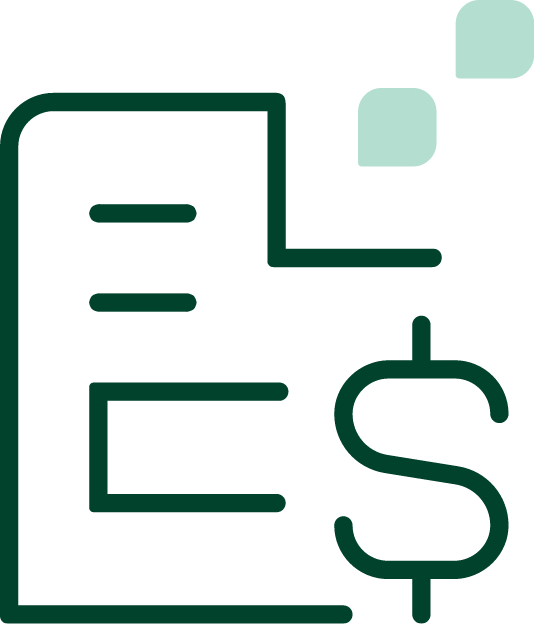
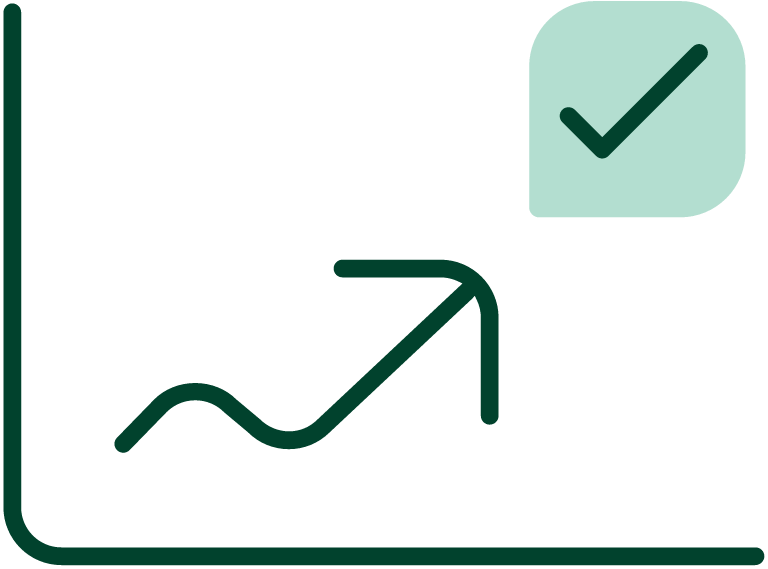

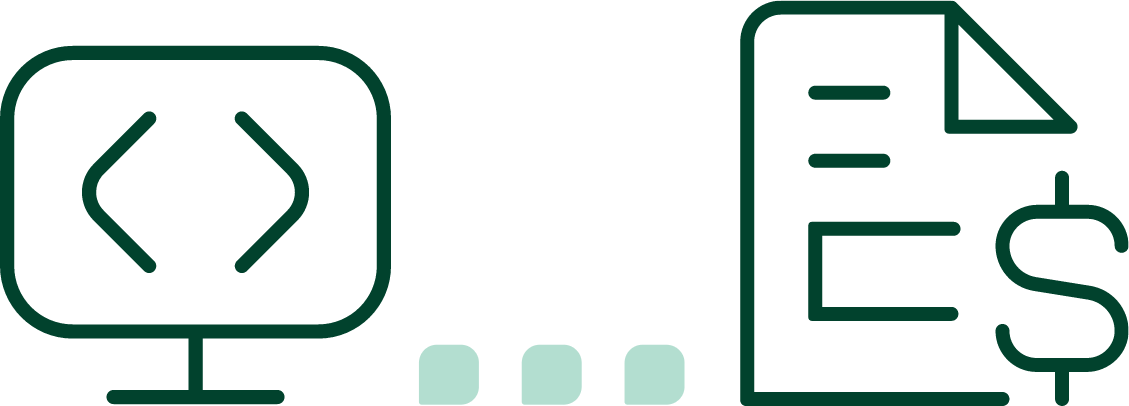
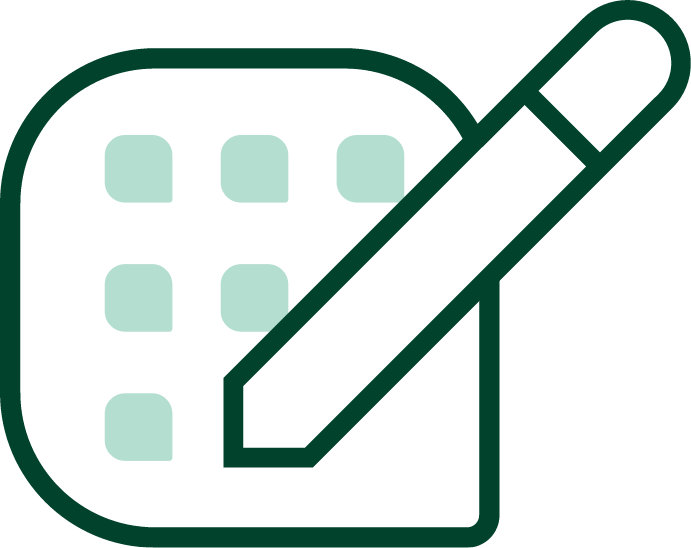
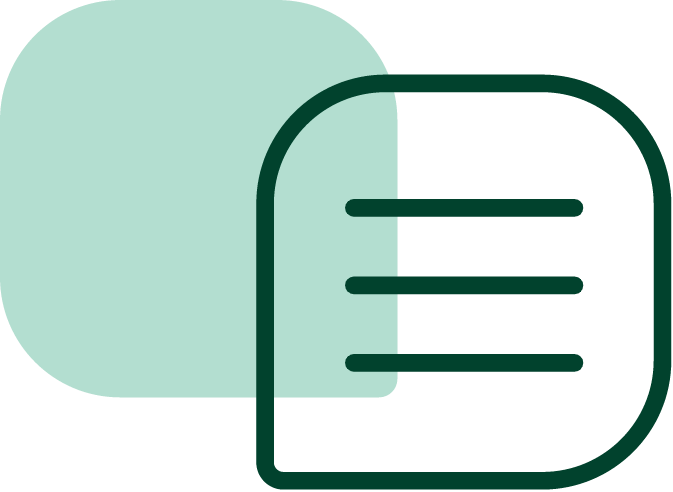



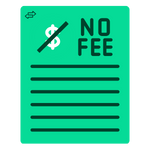 No Fees, Just Payments: New at Gaviti
No Fees, Just Payments: New at Gaviti










